Want to optimize better? Want to optimize faster? This blog post is second “addendum” to my blog post about creating an Google Ads optimization calendar. I’ve already shared what I learned while creating, and reiterating my calendar, but in this post I will go into the underlying tools I use in my day-to-day optimizations for optimal PPC campaigns and to avoid me doing the same work again, and again, and again.
There are a few tool out there that help you become more efficient in your day-to-day optimizing. I won’t go into the big platforms (Kenshoo, Marin, Acquisio, DoubleClick) as they don’t fit most advertisers. We use DoubleClick from time-to-time depending on the specific scenario.
Only the largest advertisers really get something out of the investment in the big platforms as they help with the scale of the campaigns. Mid-sized advertisers have a tougher time getting ROI from the larger platforms (based on their experience, state of campaigns, etc.)
That being said, these are some of the third party tools that I use regularly to help me with campaign optimization:
- Optmyzr helps with overall campaign optimization
- Adalysis helps primarily with ad testing (or that’s my primary use)
- Feedonomics is primarily for data feed optimization
In this blog post I’ll go through each of these three tools and share what parts of them we use the most at SavvyRevenue.
Optmyzr
I’ve started to enjoy Optmyzr more and more lately. I’ve tried it on and off over the last couple of years, but I feel it has gotten to a point where it’s really worth the price tag.
There are quite a few features I find useful. Especially the keyword-optimization tools, which can speed up very standard optimization tasks to a point where you can save up to 95% of the time.
The one caveat I’d like to mention about all these keyword tools is they don’t catch everything. Of course, Optmyzr doesn’t claim they will, but you might be so accustomed to just going through their tools that you forget to do a manual check once in awhile.
There are many different use-cases for Optmyzr, but I wanted to highlight the following:
Keyword Lasso:
The keyword lasso goes through your search terms to uncover terms you don’t have in your account, but are driving conversions.
This is a heck of a lot faster than manually wading through all your search terms in your account one by one.
Negative Keyword Finder:
The negative keyword finder goes through your search term report and aggregates the keyword data to find possible negative keywords. The cool part of this tool is that it doesn’t just suggest a negative keyword. It strips it down to the lowest common denominator.
If the tool identifies a lot of search queries with no conversions that include a specific phrase, then it’ll recommend not only to exclude the search terms, but the specific phrase as well.
An example can be searches for a model you no longer serve, so all search queries for that model/phrase will lead to no conversions:
In this example, Optmyzr will suggest that you exclude mio in phrase match to avoid future clicks that include that term.
I’ve found this to be 95% accurate. There are some instances where I believe they list things too early. But then again – I like the control, so I’d rather see it and ignore it (or wait for more data to come in) than have them decide to ignore it.
Traffic Sculptor:
Another really helpful tool is the Traffic Sculptor. It’s quite simple in that it adds exact match negatives to various ad groups to ensure your ads are triggered the right places.
As an example, if you’re running the keyword cheap iPhone in an ad group, the tool might identify that you’re getting impressions for the search query cheap iPhone 7, even though you have another campaign with that exact keyword. The tool will then enable you to add the negative keyword cheap iphone 7 to the cheap iphone campaign with one click.
Shopping Bidder:
The Shopping Bidder gives you some of the same abilities you have in the Google Ads interface when it comes to keyword bidding. Including the same options for your Shopping product groups. It’s quite a neat tool.
The way I typically use the shopping bidder (again, granted we don’t use automatic bidding) is by setting up various filters based on ROAS, Spend, and Impression Share. E.g. if the ROAS is high, and the Impression Share is low I’ll increase the bid. If ROAS is low, and Spend is high, I’ll lower the bid, etc.
It’s important to have different levels of filters:
- Imp. share below 60% = bid 30% higher
- Imp. share below 90% = bid 10% higher
I’ve built out all my custom filters for each account corresponding to the ROAS levels and targets.
Shopping Campaign Refresher
Once you have built out your Shopping campaign structure, it can become a very tedious task to keep it up to date. Let’s say that you have split your product groups per brand and then product type, then every time you have a new brand or product type you will have to go in and update every single product group that contains these.
With the Shopping Campaign Refresher this can be done by the click of a button – like most of Optmyzr’s tools.
Quality Score Tracker:
There isn’t a Quality Score tracker native in Google Ads, so in order to see whether you’re going in the right direction you have use an Google Ads Script or a third party tool.
Both Adalysis and Optmyzr have strong quality score tracking and are indispensable to guide the way you improve your quality score.
PPC Investigator:
A cheesy name, but it does the trick. This is a tool you should hope you never have to use, but when you actually need it it’s incredibly handy. You know when you see an account that all of a sudden has a performance increase or decrease and you can’t really figure out why?
That’s when PPC investigator will pay for the Optmyzr fee all by itself.
Let’s take an example. At the time of this writing (August), most accounts are increasing in search traffic and conversions. We all know that it’s “just” because impressions are up, but what if something happened and you didn’t know why?
Below is a screenshot of the platform. I’ve asked “why did our generated revenue increase in the last 30 days compared to the previous period?”
It’s clear that it wasn’t our avg. order value. It’s not our conversion rate either.
The tool does an excellent job of showing the green patterns that leads to the increased conversion value.
In this case, the increased conversion value was simply due to an increased amount of clicks. You can then dig deeper down and see that the 50 percent click increase came from a 34 percent increase in impressions and a 12 percent increase in CTR. Neat, right?
I once used this tool to discover that the avg. order value had decreased for an account in matter of minutes rather than spending hours combing through Google Ads and Analytics data.
Scripts:
Lastly, Optmyzr has a bunch of Google Ads Scripts that can be helpful in automating specific tasks. I tend to always set up the landing page checker and out of stock checker.
Summary of Optmyzr
Optmyzr has become a fixed entity in my arsenal of PPC tools. Not necesariliy because I base my entire PPC management process on the tool, but because some of my tasks can be sped up incredibly by using Optmyzr.
To begin with, I actually found enough value in Optmyzr’s negative keyword tool and Shopping Bidder that it was enough ROI for me.
If you sit with any account of more than $10,000 in spend a month, you can easily save enough time every month to get a good ROI on the tool. If you’re an agency, then it’s a no-brainer.
Adalysis
I’ve written about Adalysis before and I’m happy that the platform is still standing today.
The main use-case for Adalysis is reviewing your ad tests. With Adalysis you can review all your ads in your entire account and pause losing ad variations by the click of a button. This alone is worth the cost of the tool:
You can see an overview of your entire account and instantly know how many ad tests are statistically significant within each metric you’re targeting.
Especially for larger accounts, this becomes a money-making machine as you can much more quickly weed out poor-performing ads rather than looking through all your ad groups one by one, or exporting to Excel.
Another thing I love about the ad testing in Adalysis is that you still get the insights that you normally would and can make your own decisions.
In our first example everything is quite clear. Better ROAS and better conversion value per impression:
However, below it gets a bit more complicated. If you have an account that’s struggling with low Quality Scores or you’re in an industry where the QS is competitive, then you might want to stick with the ad with the high CTR and just slightly lower ROAS.
Especially if 7.42 ROAS is still above your goal:
The interface allows you to get a grasp of everything you need to know in order to make your decisions. If you’d rather automate it, then there is a button where you can pause all losing ad variations immediately.
Besides the outright ad test reviews, then I frequently use the following parts of Adalysis as well:
Ad Testing Queues
I loved the idea of ad testing queues for as long as I can remember. It’s when you get in the zone and bang out ad after ad that you really find great ideas to test.
However, testing ten or twenty ads at the same time is rarely a good idea. In the past you’d have to manually save these ads and wait for statistical significance and then you could start another test by hand.
With ad testing queues you can upload all your ad tests and Adalysis will automatically replace losing ads with the new variations in your queue.
This is a HUGE time saver.
Ad Themes (or Multi Ad Group Ad Testing)
Working with low-volume product categories can make it hard to perform ad tests. Or if you create very small ad groups. Or if your entire product inventory is low volume, then it becomes even harder.
There are plenty of examples when ad testing becomes challenging due to missing data.
Using multi ad group ad testing can help you gather more data across more data points faster. A win-win.
A good example for this can be when you’re running promotional ads with a countdown optimizer. You rarely have more than a couple of weeks to gather data until you have to change the countdown, discount or pricing. Yes, you can use business data feeds, but they don’t work for countdowns anymore, so if you use countdowns you have to “reset” your ads when the countdown is done.
With ad themes, or Multi Ad Group Ad Testing as they call it, in Adalysis you can add up all your promotional ads and see which terms work best:
- Is it best to include a before price in the ads?
- Is it best to include both a before and after price in the ads?
- Is it best to only include the percentage discount?
- Does countdown Customizers work for me?
Just remember to compare the same ad groups across all your ad sets. One of the pillars of doing multi ad group ad testing is to test the same ad themes across the same ad groups. One high-volume ad group that only contains one of the ad themes can severely skew your data.
N-Gram Search Term Analysis
Adalysis has an integrated N-Gram Search Term analyzer. An n-gram is basically aggregating the metrics for each word inside a search term.
So instead of seeing your stats for these search terms:
- Cheap iPhone cover
- Cheap Samsung S8 cover
- Cheap cell phone cover
You see the aggregated stats for each individual word:
- Cheap
- Cover
- iPhone
- S8
- Samsung
- Cell
- Phone
The main use for this is to quickly analyze specific words across your entire account, or individual campaigns.
As you might notice, there are some obvious issues with N-Gram analysis.
The same word can be used across multiple keywords. If one or more of these keywords perform poorly and they have a significant volume, then you might be “tricked” into thinking you should exclude a specific word from your entire account even though only parts of your account does well with the keyword
I would have loved Adalysis to default-filter out n-gram search terms that appear as keywords in my account. I don’t need to see these and they just cause more noise in the data.
Comparing this tool with the Negative Keyword Finder in Optmyzr, I usually use the N-Gram tool in Adalysis for general analysis. Since there isn’t a filter for what keywords to show, Adalysis will show everything and let you make your own decisions from there.
It’s therefore highly useful to use both tools.
The best use-case for the N-Gram search terms analyzer is simply to find all words with a high spend and no conversions. It’s a great place to start:
Data Feed Optimization Tools
I’ve reviewed more than a dozen data feed optimization tools and tried at least six I can remember in the last year. The following three made my list for different reasons. Each tool has its own pros and cons, which I’ll delve into a little bit without going into too much detail.
DataFeedWatch
DataFeedWatch was the first tool I ever used for data feed optimization and it’s still one the first tools I recommend to PPC managers wanting to get into data feed optimization.
The tool is well-priced, but it doesn’t have a lot of the features some of the most sophisticated tools have. But over all, it is a great tool and with the design update in 2017, it’s become even better.
GoDataFeed
GoDataFeed is slightly more user-friendly than DataFeedWatch, while at the same time being a little more complicated.
When optimizing a data feed with GoDataFeed, you’ll be able to point-and-click your way to optimizing your feed. DataFeedWatch’s interface allows for more flexibility when it comes to building your tools.
If you’re big on advertising in marketplaces (e.g. shop.com, ebay, newegg), then GoDataFeed has a vast list of connected marketplaces. They make it very easy for you to connect with a number of marketplaces.
If you only work with Google Ads and Bing, then GoDataFeed might be overkill, but if you’re working with marketplaces, this is a great tool to use.
Feedonomics
Feedonomics is my current favorite for feed optimization and it’s down to one single reason: The interface.
The ability to just write with “code” makes it much easier and faster to find what you’re looking for. This directly translates into how fast you can “write” new rules for your feed optimization. I once did a test. I had used GoDataFeed for a while with two clients, where it took me two to three hours to set up a specific set of rules that optimized the product titles in the feed. When I wanted to do the same in Feedonomics I was done in 15 minutes.
Another amazing part about Feedonomics is that it’s actually full-service. They will do the work for you as long as you make the requests. This is also why their platform is so much faster to work with – because they work with it daily themselves. I can’t tell you how many tools I’ve tried over the years where it’s evident that the people building it stopped using it a long time ago (in that sense, Feedonomics is similar to Adalysis and Optmyzr that Brad Geddes and Frederick Vallaeys are behind and power users of).
Feedonomics has everything you need from a feed optimization standpoint which includes, but isn’t limited to:
- Editing of any field
- Add any field
- Bulk rule upload via Excel (this is a big deal)
- Create multiple exports
- See your Merchant Center errors/alerts
And much more.
Finding the Tools That Work For Your Unique Challenges
There’s no shortage of Google Ads tools on the market ranging from the small tools that solve one specific problem to the large tools that claim to be the end-all of all tools.
The tools mentioned in this blog post are the ones I’ve tried and can vouch for helping you become more efficient. I’ve tried many, many more tools including some of the larger tools, and have come to the conclusion that many of them are overrated. They might fit well for your specific needs, but if you, like us, have built your own processes, then being shoved into a box with one of the larger tools can be limiting.
A couple of general tools I didn’t mention (because I don’t personally use them), but that come highly recommended include:
- Shape.io: Budget management
- NinjaCat.io: Reporting

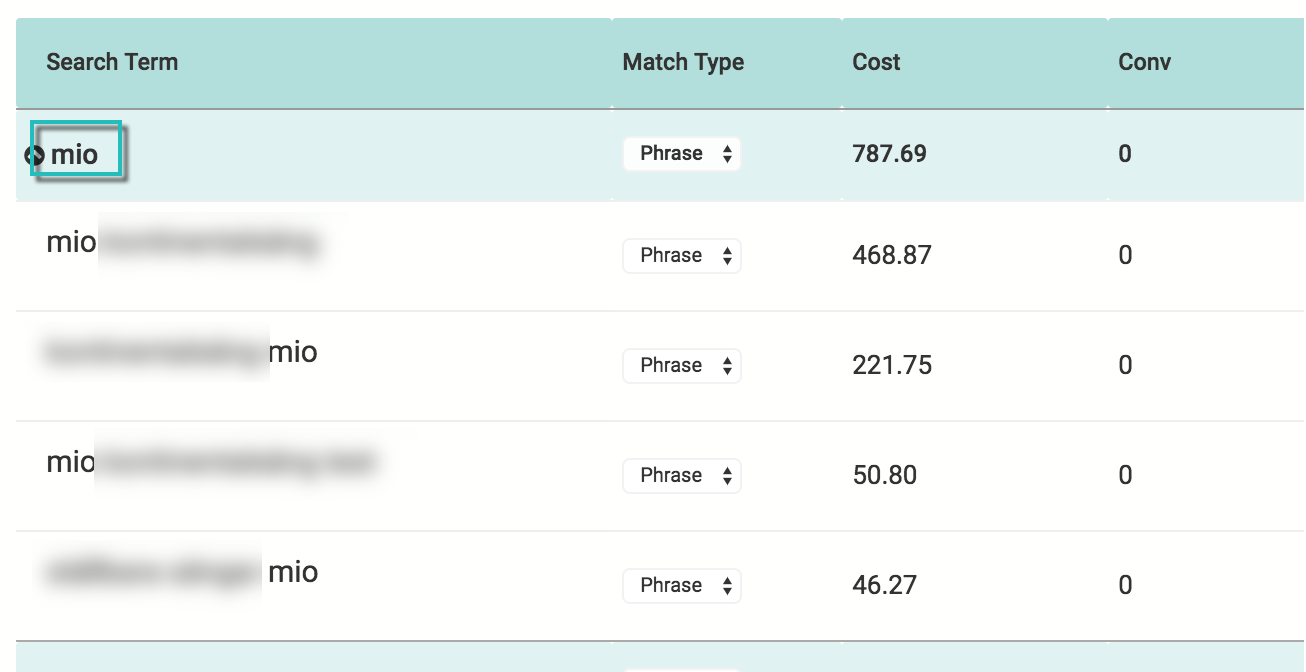
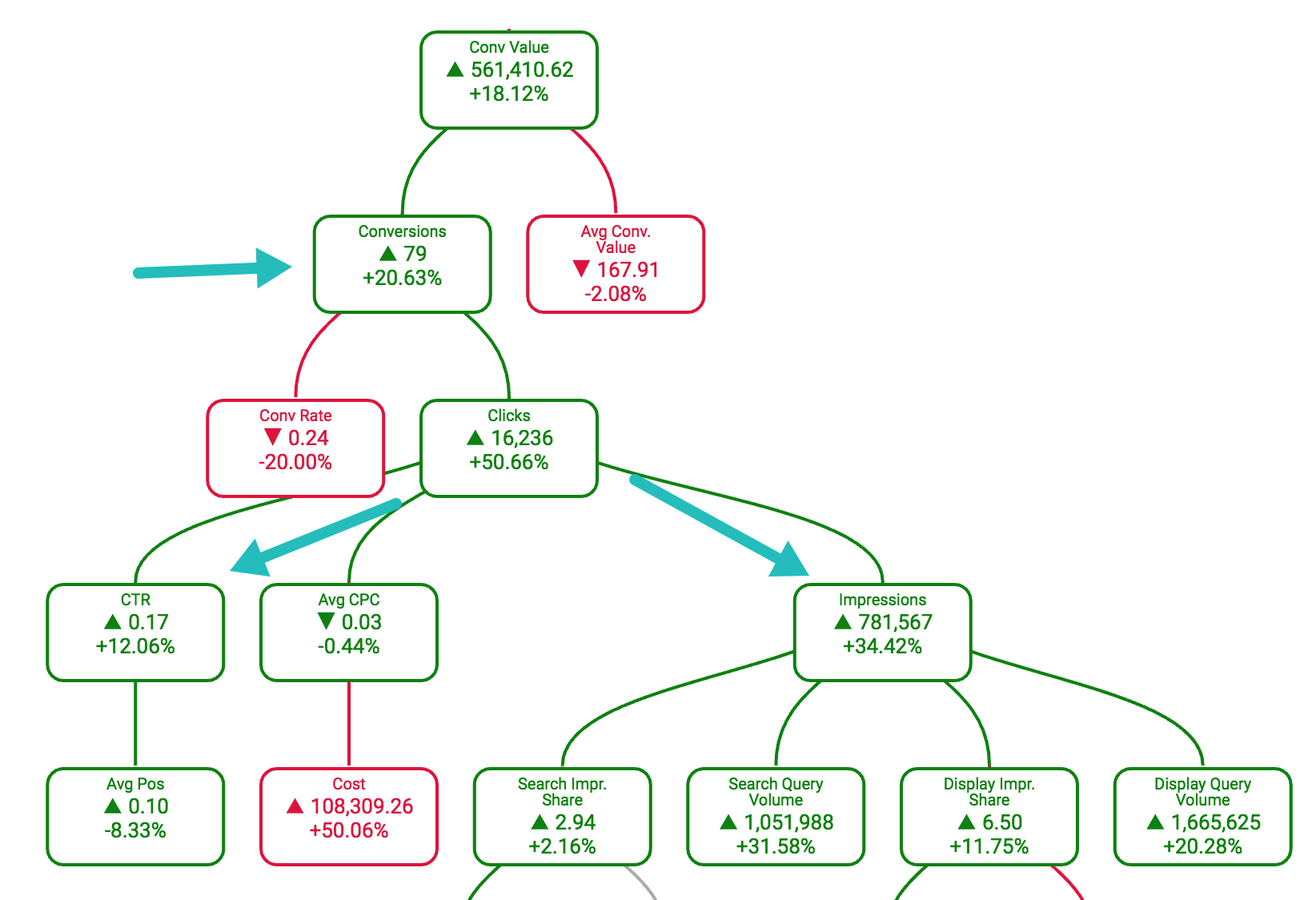

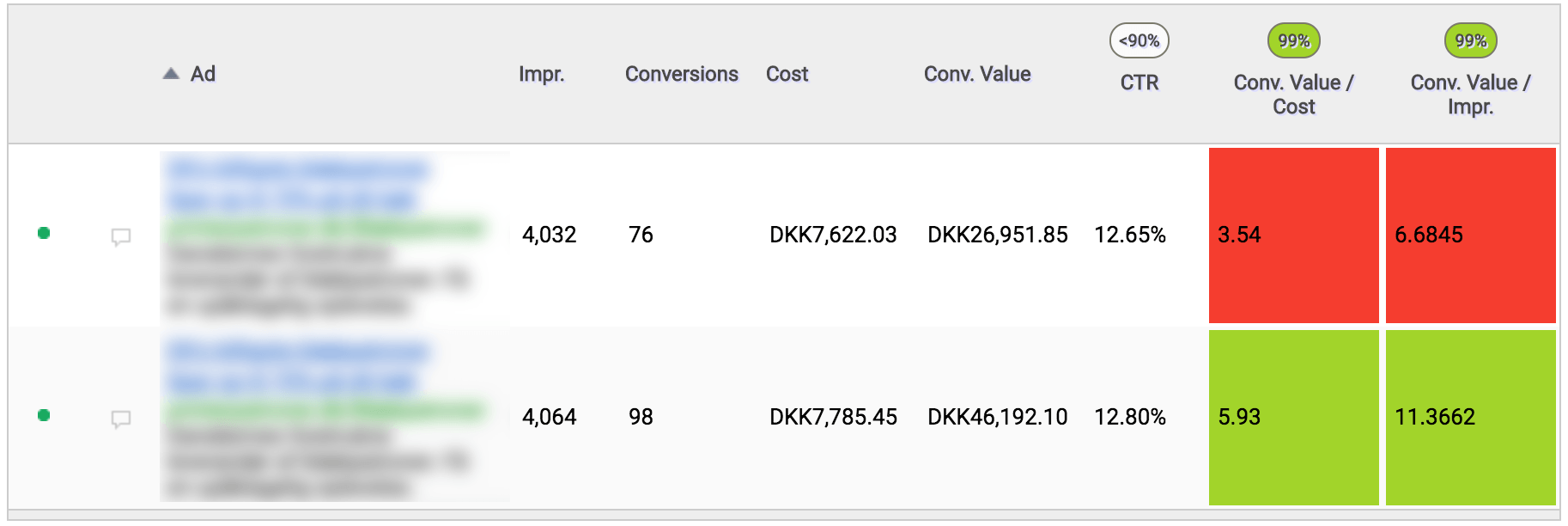
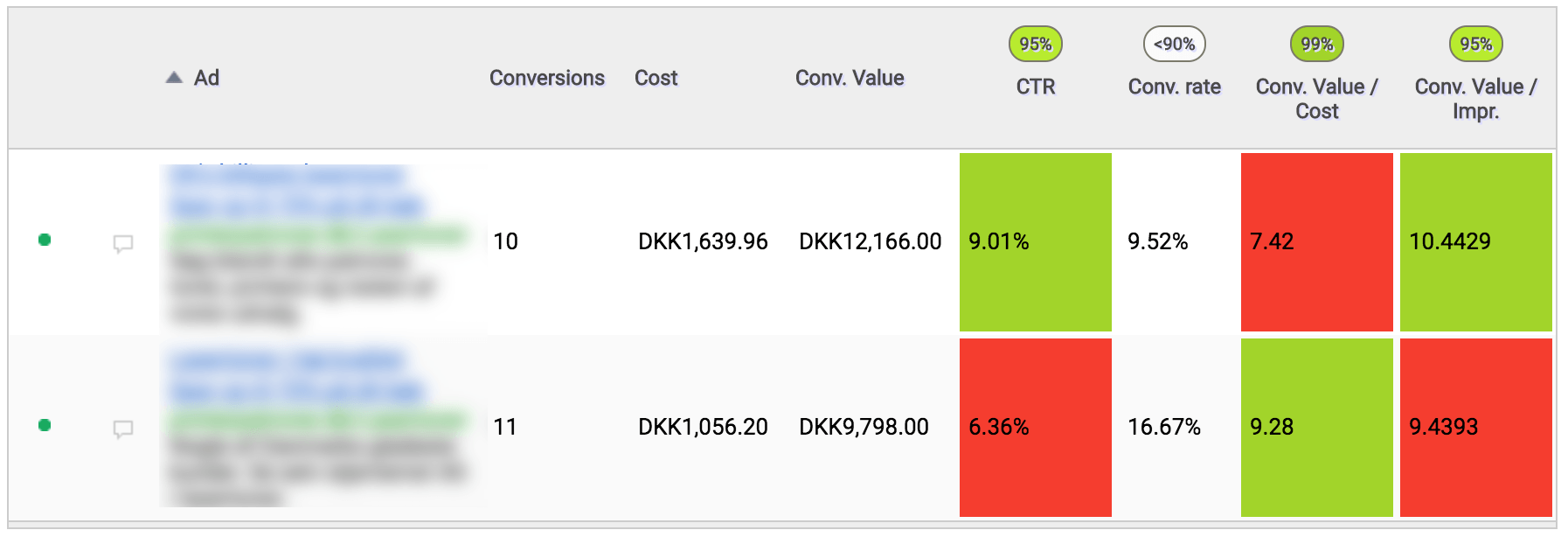
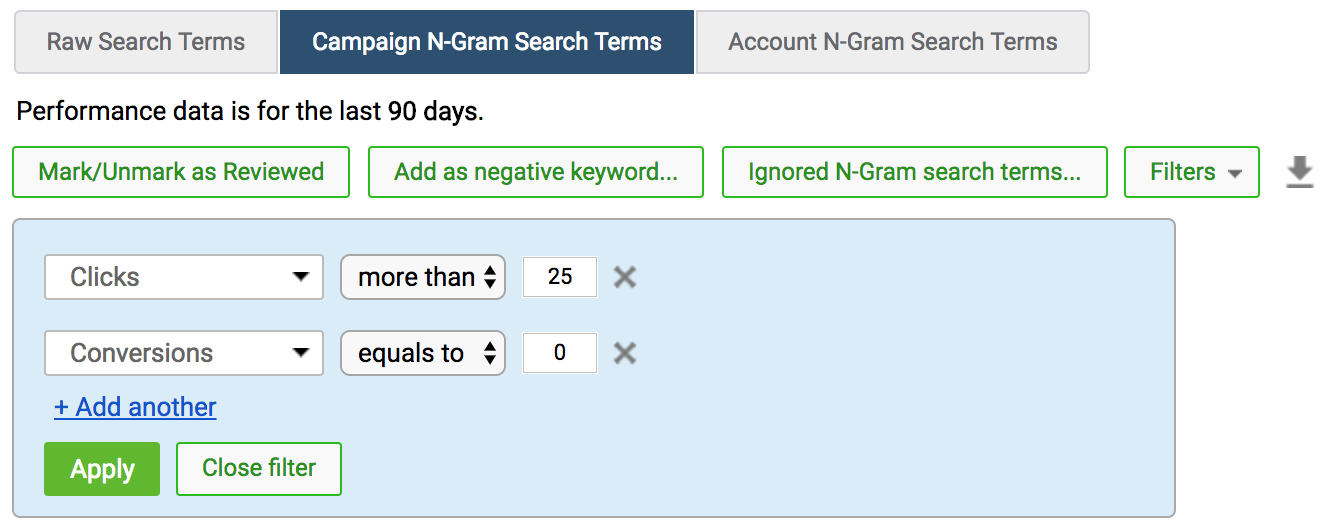
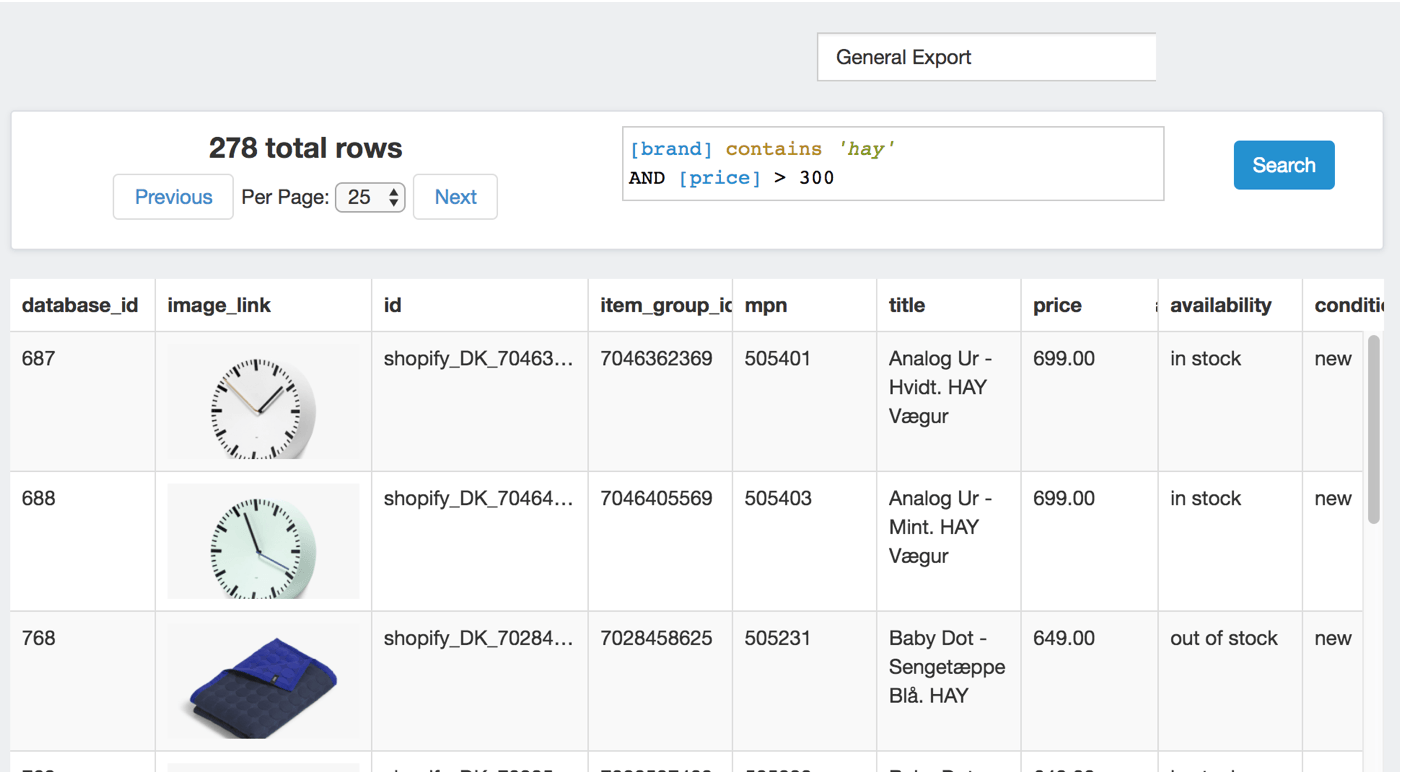

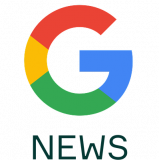
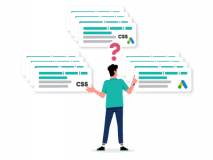

4 thoughts on “3 Google Ads Tools to Speed Up Your Optimization Workflow for Ecommerce Stores”
We have been using Optmyzr lately as well, but I’ve found that it does miss quite a few keyword optimizations whether it’s keywords that aren’t converting or keywords that are. I’ve noticed a number of times where it misses key phrases that show up on our manual review. It makes me a littler nervous to use it exclusively – which I was hoping – and we’ll have to use manual reviews as well to back up what Optmyzr is putting out. Otherwise, it’s been a nice spot check tool for the most part.
Thanks, Mark. It definitely doesn’t catch everything. But it’s great for overall checks and the time I save is priceless.
Andrew, Thank You for the review! In the Keyword Lasso, we have a Turbo Mode to see all the search queries that matched to the account. You can turn it on from the left side 🙂
Hi Geetanjali,
Thanks for your insights.
I recently tried the turbo-mode and actually found it helpful. Of course, seeing that it’s EVERYTHING, then it can be quite daunting in some cases to go through them. But it definitely does the trick and solves my challenge with the tool “not catching everything”.
/Andrew